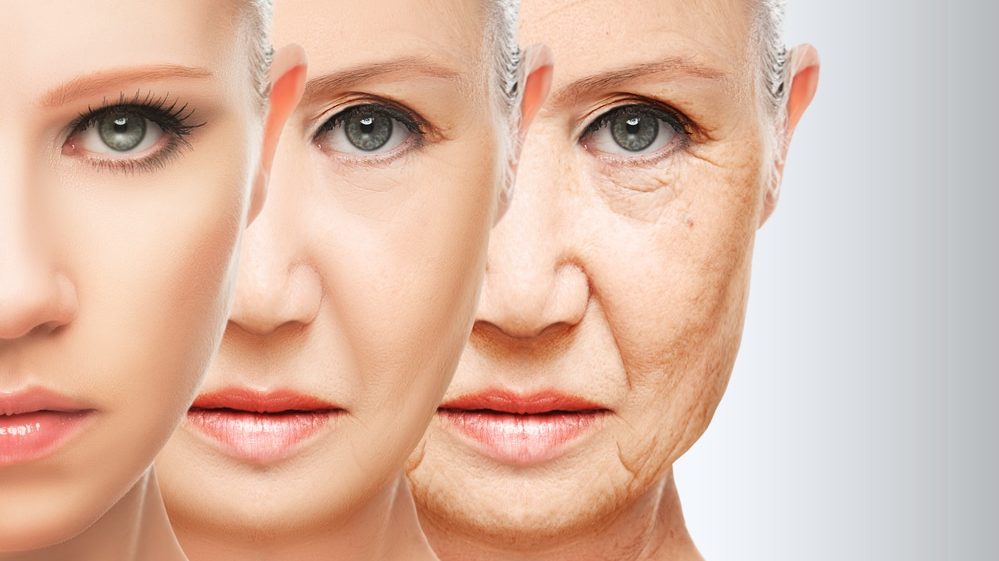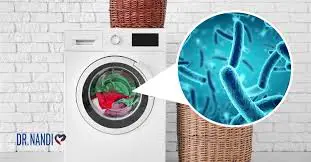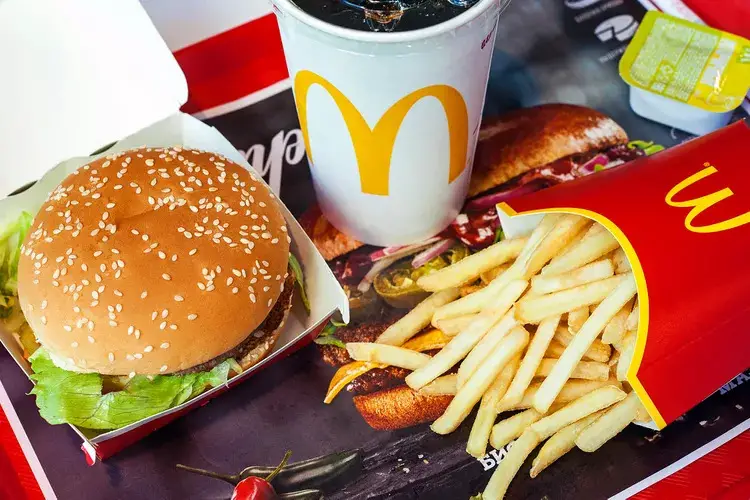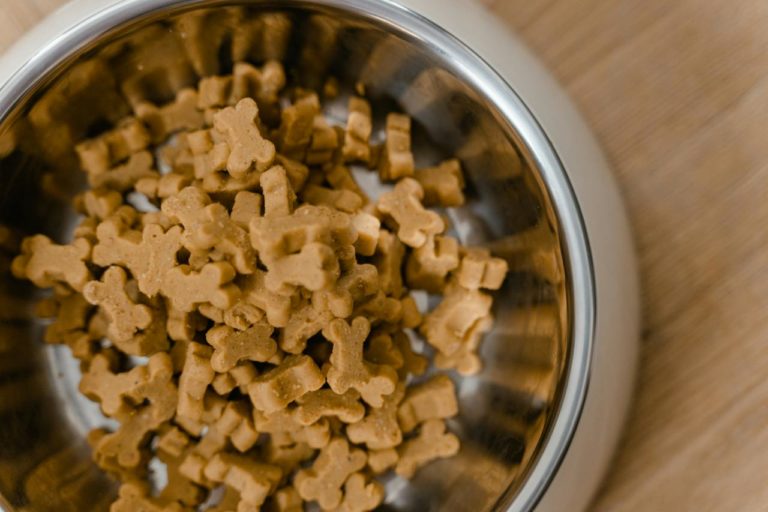Scientists made a breakthrough discovery that changes how we understand aging. A study published in 2025 reveals that aging spreads through the blood via a specific protein called HMGB1. Even more exciting, researchers found that blocking this protein reversed aging damage in mice and improved muscle function. Your blood carries more than oxygen and nutrients. It also carries signals that can accelerate or slow down how your cells age. Research shows that when we block these aging signals in the bloodstream, we can protect tissues from deterioration and restore function.
Scientists Discover How Aging Spreads Through Blood
Research teams identified HMGB1 as a key player in spreading cellular aging throughout your body. Your cells naturally produce this protein, but it changes form as you age. Scientists found three different versions of HMGB1 in blood, and only one version causes problems.
Reduced HMGB1 (ReHMGB1) acts like an aging messenger in your bloodstream. When cells become senescent (a term for cells that stop dividing and start causing trouble), they release ReHMGB1 into circulation. Once in your blood, this protein travels to healthy tissues and triggers more cells to become senescent.
Studies on mice revealed that injecting ReHMGB1 into young animals created aging symptoms within days. Muscle tissue showed signs of senescence, inflammatory markers spiked, and tissue function declined. Blood tests from humans confirmed that older adults (70-80 years) had significantly higher levels of ReHMGB1 compared to people in their 40s.
How HMGB1 Triggers Cellular Aging

ReHMGB1 works through a receptor called RAGE on cell surfaces. When ReHMGB1 binds to RAGE, it activates two major inflammatory pathways: JAK/STAT and NF-κB. Both pathways turn on genes that stop cells from dividing and cause them to secrete inflammatory chemicals.
What makes this discovery powerful is its specificity. Other forms of HMGB1 (like oxidized HMGB1) did not trigger these aging effects. Cells treated with oxidized HMGB1 behaved like untreated cells, proving that the reduced form specifically drives aging propagation.
RNA sequencing revealed that ReHMGB1 activated 1,087 genes related to inflammation, while suppressing genes needed for cell division and DNA repair. This genetic signature matched cells damaged by radiation, a known cause of premature aging.
Why Blood Composition Affects Your Aging Rate
Your blood acts as a communication highway between organs and tissues. Every beat of your heart circulates blood that carries hormones, nutrients, immune cells, and signaling proteins like HMGB1.
Previous research using parabiosis (connecting the circulatory systems of young and old mice) showed that young mice aged faster when exposed to old blood. Conversely, old mice showed signs of rejuvenation when connected to young circulation. Scientists suspected circulating factors drove these changes, but identifying specific culprits proved difficult.
ReHMGB1 explains part of this phenomenon. As we age, senescent cells accumulate in tissues throughout the body. Each senescent cell releases ReHMGB1 into the bloodstream, creating a feedback loop. More senescent cells mean more ReHMGB1 in circulation, which triggers more cells to become senescent.
Blood samples from aged mice showed ReHMGB1 levels peaked at 24 hours after injection and remained detectable for extended periods. Despite being chemically unstable (with a half-life of just 17 minutes in serum), ReHMGB1 persists long enough to reach distant tissues and exert effects.
Blocking HMGB1 Reverses Aging Damage
Researchers tested whether blocking HMGB1 could prevent or reverse aging effects. They used antibodies that bind to HMGB1 and prevent it from activating RAGE receptors.
In cell culture experiments, adding anti-HMGB1 antibodies to media from senescent cells prevented the spread of aging to healthy cells. Treated cells maintained their ability to divide, showed reduced inflammation, and preserved normal protein expression patterns.
Middle-aged mice (15 months old) received muscle injuries to test whether HMGB1 blockade could improve healing. Injured muscles typically show increased senescence that impairs regeneration. Mice treated with anti-HMGB1 antibodies showed:
- 40% reduction in senescent cells in muscle tissue
- Improved muscle fiber size
- Enhanced regeneration markers
- Better functional performance (grip strength, endurance)
Blocking two pathways activated by ReHMGB1 (RAGE and JAK2) also prevented cellular aging in experiments. Cells treated with RAGE antagonists or JAK2 inhibitors maintained normal proliferation even when exposed to ReHMGB1.

Inflammation Creates an Aging Environment
ReHMGB1 triggers the release of inflammatory proteins called SASP (senescence-associated secretory phenotype) factors. These include IL-6, IL-8, TNF-alpha, and various matrix-degrading enzymes.
SASP factors create local and systemic inflammation that damages tissues. When one cell becomes senescent and releases SASP factors, nearby healthy cells receive inflammatory signals that push them toward senescence. Scientists call this “paracrine senescence” because the signal spreads from cell to cell.
Blood carries SASP factors throughout your body, spreading inflammation systemically. Mice injected with ReHMGB1 showed elevated inflammatory markers in the blood within hours. Skeletal muscle, liver, and other tissues all showed increased expression of p16 and p21, two proteins that halt cell division.
Chronic low-grade inflammation (called inflammaging) characterizes human aging. Blood tests from older adults consistently show elevated inflammatory markers compared to younger people. ReHMGB1 may drive part of this age-related inflammation by triggering SASP release from senescent cells throughout the body.
My Personal RX on Fighting Blood-Borne Aging Factors
Blood quality determines how fast your body ages at the cellular level. Every cell in your body depends on blood delivery for nutrients, oxygen, and signaling molecules. When your blood carries inflammatory aging factors like ReHMGB1, these proteins circulate continuously and trigger senescence in healthy tissues. Scientists proved that blocking one aging protein reversed damage and restored function in animal studies. While we await specific ReHMGB1 therapies, we can address the root causes that increase senescent cells and inflammatory blood factors. Good news exists because multiple lifestyle factors influence blood composition and inflammatory status. Small daily choices compound over time to either accelerate or slow systemic aging processes.
- Support Gut Health to Reduce Systemic Inflammation: A healthy gut microbiome reduces inflammatory compounds entering your bloodstream. MindBiotic promotes microbial diversity and gut barrier function with its combination of probiotics, prebiotics, and Ashwagandha KSM 66, helping minimize inflammatory signals that age cells throughout your body.
- Cook Anti-Inflammatory Meals Daily: Diet directly impacts blood inflammatory markers within hours of eating. Mindful Meals provides over 100 doctor-approved recipes rich in polyphenols, omega-3 fatty acids, and fiber that reduce inflammatory proteins circulating in your blood.
- Exercise to Clear Senescent Cells: Regular movement triggers autophagy, your body’s cellular cleanup system. Aim for 150 minutes weekly of moderate activity plus two strength training sessions to help remove aging cells before they release inflammatory factors.
- Prioritize Sleep Quality: Poor sleep increases inflammatory cytokines in the blood by morning. Aim for 7-9 hours nightly in a cool, dark room to allow your body to repair cellular damage and clear inflammatory proteins.
- Manage Chronic Stress: Cortisol elevation triggers inflammatory pathways similar to those activated by ReHMGB1. Practice daily stress reduction through meditation, deep breathing, or activities you enjoy.
- Eat Antioxidant-Rich Foods: Colorful vegetables and fruits provide compounds that may influence HMGB1 redox states. Focus on berries, leafy greens, cruciferous vegetables, and herbs like turmeric and ginger.
- Stay Hydrated: Adequate water intake supports kidney and liver function, helping clear inflammatory proteins from circulation. Drink half your body weight in ounces daily.
- Test Inflammatory Markers Regularly: Ask your doctor to check C-reactive protein, IL-6, and other inflammatory markers annually. Tracking these provides insight into your systemic inflammatory status.
- Consider Intermittent Fasting: Time-restricted eating may reduce senescent cell burden and inflammatory blood factors. Start with a 12-hour overnight fast and extend gradually if appropriate for your health status.
- Build Strong Social Connections: Loneliness increases inflammatory markers as much as smoking. Regular meaningful social interaction reduces stress hormones and inflammatory proteins in circulation.
Source: Shin, J., Jang, D., Kim, S. Y., Lee, J., Gil, T., Shim, E., Kim, J. Y., Kim, H. S., Conboy, M. J., Conboy, I. M., Wiley, C. D., Shin, J., & Jeon, O. H. (2025). Propagation of senescent phenotypes by extracellular HMGB1 is dependent on its redox state. Metabolism, 156259. https://doi.org/10.1016/j.metabol.2025.156259











 Subscribe to Ask Dr. Nandi YouTube Channel
Subscribe to Ask Dr. Nandi YouTube Channel










